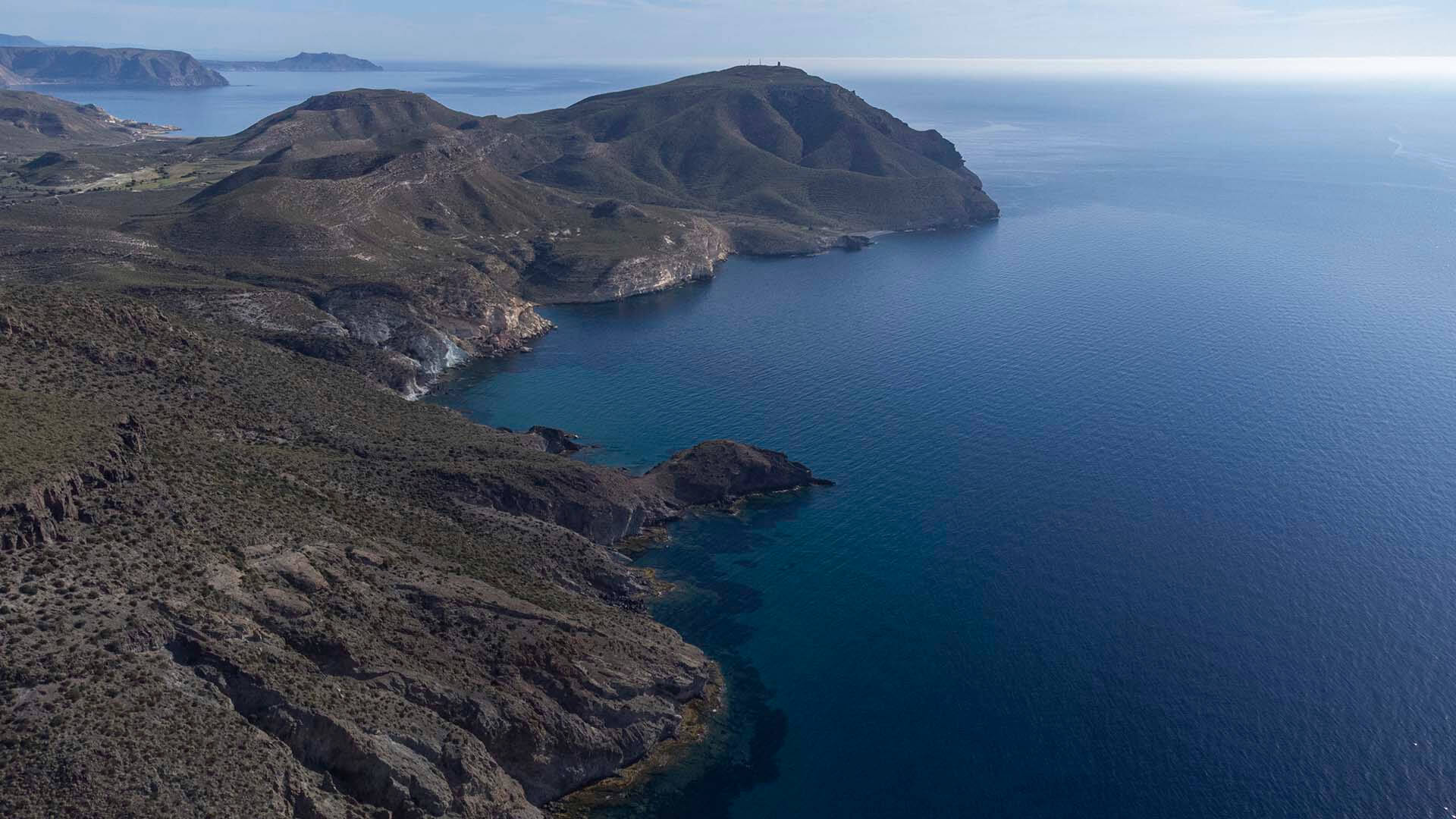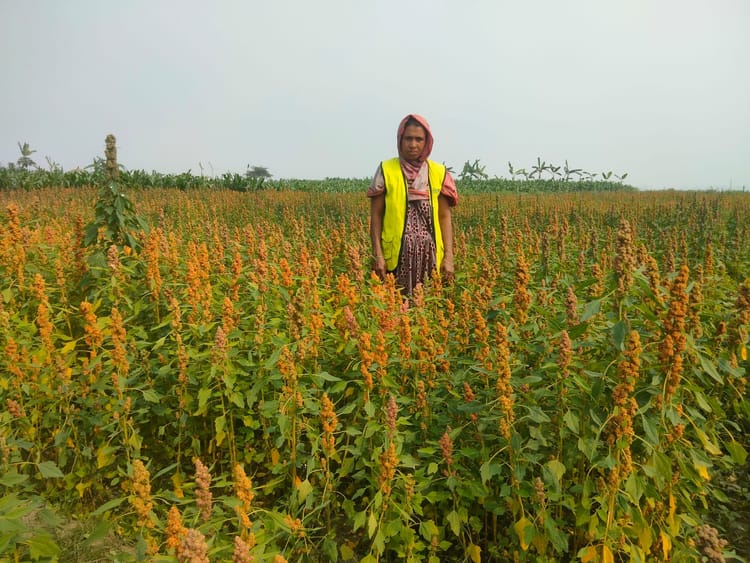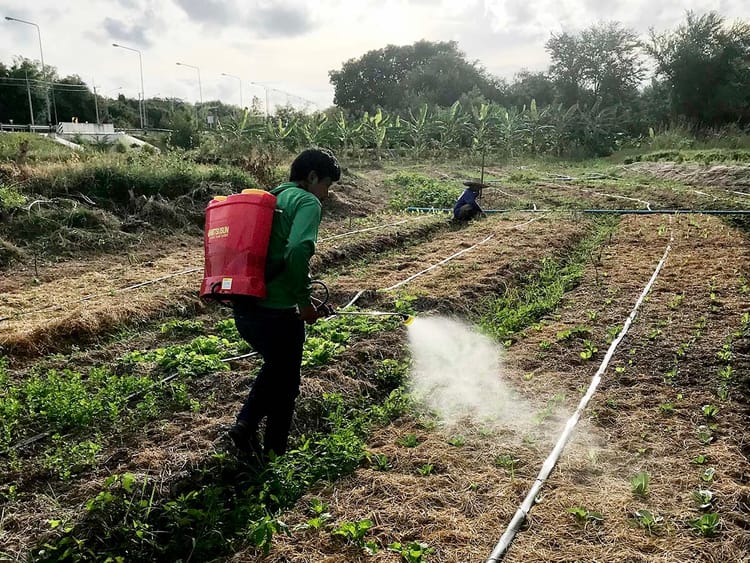Impact of Almería’s agri-food production on its water

The southern Spanish province of Almería unveils a paradoxical tale of prosperity and peril. Producing fruits and vegetables in greenhouses, most of it for export, Almería has a flourishing economy. But it comes at the cost of losing and polluting its limited water resources, writes Neal Haddaway.
Almería, the southern Spanish province, nestles against the azure waters of the Mediterranean sea. Despite having over 200 km of coastline, it is the driest region of continental Europe, with just 200 mm of annual rainfall.
Yet the region is often referred to as the ‘orchard of Europe’ now, due to the fruits and vegetables grown here and exported. It is agriculture that took Almería from famine and poverty to one of the richest regions in Spain. The transformation has revolved around controlling a scarce commodity in this arid landscape – water.
This control has come in the form of more than 320 square km of plastic-covered greenhouses that have allowed the near-desert to be turned into a highly productive agricultural region.
But this high productivity is resulting in a suite of problems, and an often-overlooked shadow trade in water.
Export of virtual water
Almería’s natural ecosystem has been drastically altered over the past 80-odd years, as greenhouse farming took root. The soil humidity is maximised within the greenhouses, soil erosion is minimised, and warm conditions are maintained through the year.
The intensely controlled conditions inside the greenhouses result in yields that are 30 times higher than other farming methods. In addition to multiple harvests of crops in a year, greenhouses make producing crops even in the middle of winter possible. Almería produces around 3.5 million tonnes of fresh fruits and vegetables a year, with over 80% of it destined for export to European markets.
But the farming here is far from under control. Because of the incredibly low rainfall, 80% of the water needed to irrigate the crops is extracted from the aquifer. Since the crops produced are more than 90% water, along with the exported fruits and vegetables, the region is losing more than 3 million cubic metres of virtual water every year.
Environmental degradation
In addition to the loss of virtual water, the greenhouses are polluting the groundwater, as the pesticides and fertilisers that ensure high productivity are leaching into the aquifers.
Even the surface waters in Almería are a bright green colour, indicative of pollution – thick with algae growing on the high levels of nutrients.
Farmers often add chemicals to bleach the groundwater pumped into the storage ponds to prevent algae from clogging the irrigation systems, but which pollutes the groundwater further.
The water pollution is affecting the fauna too. Near the densest area of greenhouses in El Ejido is Punta Entinas-Sabinar Nature Reserve, home to wading birds including flamingos. Their habitat is threatened by the encroaching greenhouses and their increasing impacts on the water quality.
Changing social fabric
Meanwhile, the social fabric of Almería is also strained because of the scarcity of water and changing climate. With reduced yield in conventional farming, lack of access to water and increasing market pressure, many of the 15,000 farmers have been forced to sell their farms to large corporations.
The future of socio-ecological systems in southern Spain is at huge risk from the intensification of farming. The migrant workers who tend to the greenhouses are believed to number more than 120,000, as many of them are undocumented. Often they are paid well below the minimum wage. They have no job security and live in insanitary conditions. For them too, it is a fight for access to clean water and a living wage, which essentially exacerbates the social inequalities in the region.
The demand for low-cost, year-round fruits and vegetables from northern Europe has forced the development of a farming system that exploits water and other natural resources, besides leading to the loss of virtual water. In the face of climate change, as extreme weather events threaten the local economy, the future of Almería – which encompasses the 700,000 people living in the province and the environment on which they depend – is highly uncertain.






Left: Tomatoes are one of the main crops grown here, with over 700,000 tonnes grown annually. Right: One in four bell peppers in UK’s supermarkets comes from this small region of Almería. Photos: Neal Haddaway














Member discussion